Illuminating the Divide – Training Under Lights
Training under lights and artificial lights versus natural daylight isn’t just a logistical shift—it’s a transformation in physiology, psychology, and performance. Athletes, coaches, and sports scientists have long debated the impact of time-of-day training. Recent studies reveal that light exposure, circadian rhythms, and environmental context all shape how the body and mind respond to exertion.
Circadian Rhythms – The Body’s Internal Clock
The human body has a sort of clock that operates on a 24-hour cycle known as the circadian rhythm. This rhythm regulates sleep, hormone release, body temperature, and energy levels. Training during daylight hours aligns with natural peaks in alertness and strength. In contrast, nighttime training often occurs when melatonin levels rise, signaling the body to wind down. Athletes who train under lights may experience delayed sleep onset, altered recovery patterns, and shifts in cortisol production. These hormonal changes can affect performance, mood, and injury risk.
| Time of Day | Cortisol Levels | Melatonin Levels | Alertness | Muscle Strength |
|---|---|---|---|---|
| Morning | High | Low | Rising | Moderate |
| Afternoon | Moderate | Low | Peak | High |
| Evening | Low | Rising | Declining | Moderate |
| Night | Lowest | High | Low | Variable |
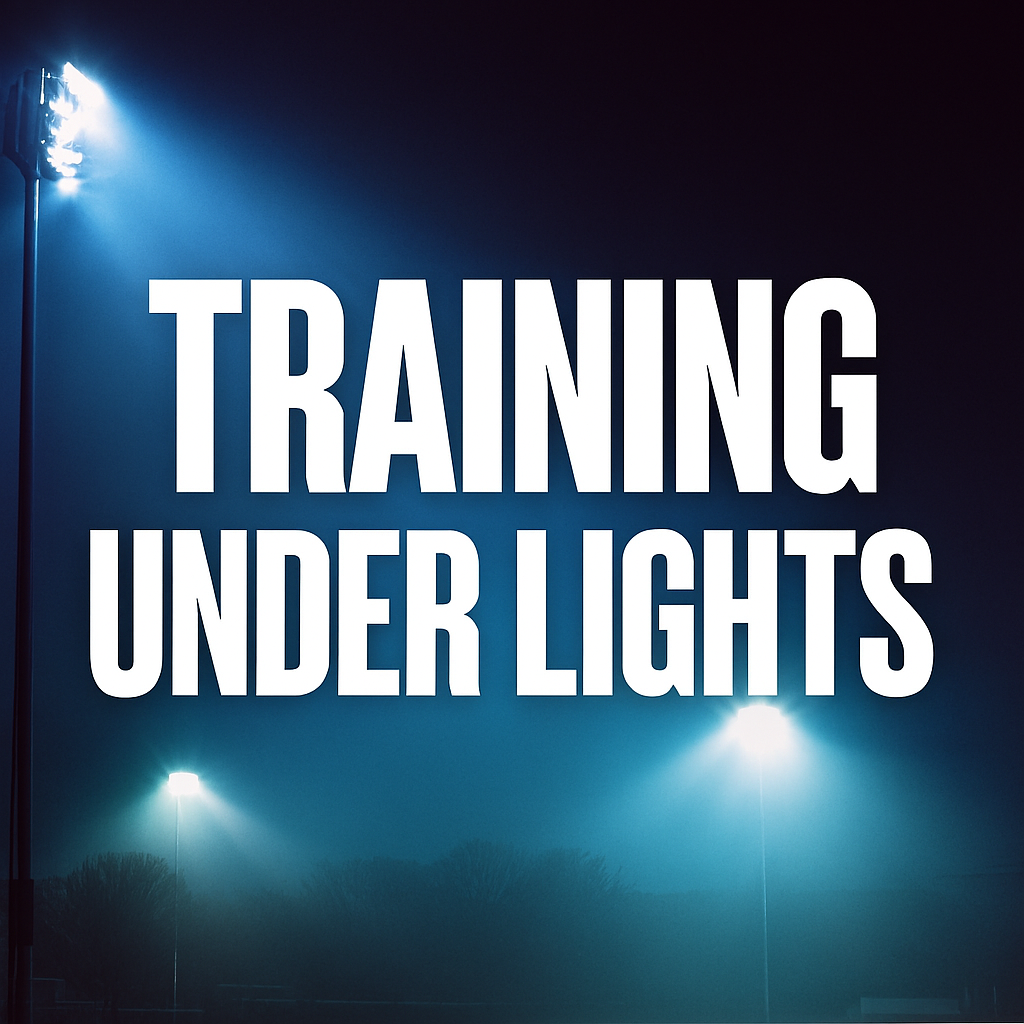
Sports Lighting
Light Exposure – Artificial Lights vs Natural Stimuli
Natural sunlight contains a full spectrum of wavelengths that regulate circadian rhythms and boost vitamin D synthesis. Artificial lights, even high-quality stadium lights, lacks the same biological impact. Training under lights can disrupt melatonin production and delay sleep cycles. Athletes exposed to bright artificial light late in the day may feel wired but fatigued, experiencing a mismatch between mental alertness and physical readiness. Light temperature (measured in Kelvin) also affects mood and focus—cooler light energizes, warmer light relaxes.
| Light Type | Color Temperature | Biological Impact | Mood Effect |
|---|---|---|---|
| Sunlight | 5000–6500K | Regulates circadian rhythm | Energizing |
| LED Stadium Lights | 4000–6000K | Disrupts melatonin | Stimulating |
| Fluorescent Lights | 3000–5000K | Inconsistent impact | Neutral |
| Warm Indoor Lights | 2700–3000K | Promotes relaxation | Calming |
Psychological Framing – Symbolism of Night vs Day
Daytime training often carries associations with discipline, routine, and clarity. The sun’s presence reinforces structure and visibility. Night training, by contrast, evokes intensity, solitude, and heightened focus. Athletes may feel more emotionally charged under lights, with fewer distractions and a sense of theatricality. The symbolism of darkness and illumination can amplify motivation or anxiety, depending on the athlete’s mindset. Some thrive in the spotlight, while others feel exposed or overstimulated.
Environmental Conditions – Temperature, Humidity, and Air Quality
Daytime training exposes athletes to higher temperatures, UV radiation, and variable humidity. These factors can increase sweat rate, dehydration risk, and fatigue. Night training often occurs in cooler, more stable conditions, which may reduce thermal stress and improve endurance. However, air quality can worsen at night due to temperature inversions and pollution accumulation. Urban athletes may face increased exposure to particulate matter after sunset, affecting respiratory performance.
| Condition | Daytime Impact | Nighttime Impact |
|---|---|---|
| Temperature | Higher, variable | Cooler, more stable |
| Humidity | Fluctuates with heat | Often lower |
| UV Exposure | High risk | Minimal |
| Air Quality | Cleaner in early hours | Potentially worse |
Social Dynamics – Team Energy and Crowd Presence
Training during the day often involves larger groups, shared routines, and visible coaching. Athletes benefit from peer accountability, team energy, and structured feedback. Night training can feel more isolated or intimate, depending on context. In competitive settings, evening sessions may include spectators, media, and heightened pressure. The presence of lights can create a performance atmosphere, shifting focus from internal goals to external validation. This dynamic affects motivation, stress levels, and emotional regulation.
Recovery Timing – Sleep, Nutrition, and Regeneration
Training late in the day compresses the recovery window before sleep. Athletes may struggle to wind down, eat properly, or enter deep sleep phases. Daytime training allows for staggered recovery—meals, hydration, stretching, and rest can be spaced out. Sleep quality is critical for muscle repair, memory consolidation, and hormonal balance. Night training may delay REM cycles, reduce sleep efficiency, and increase inflammation markers. Recovery protocols must adapt to time-of-day stressors.
| Recovery Factor | Day Training Benefit | Night Training Challenge |
|---|---|---|
| Sleep Onset | Earlier, more natural | Delayed, disrupted |
| Meal Timing | Flexible, spaced | Compressed, rushed |
| Stretching | Integrated into routine | Often skipped |
| Inflammation | Lower with better sleep | Higher with poor recovery |
Tactical Awareness – Visibility and Perception
Natural light offers full-spectrum visibility, aiding depth perception, spatial awareness, and reaction time. Artificial lighting can create glare, shadows, and uneven contrast. Athletes may misjudge distances or struggle with ball tracking under lights. Sports like soccer, cricket, and tennis require precise visual cues, which can be distorted at night. Tactical drills may need adjustment to account for lighting conditions. Coaches often modify training intensity or focus areas based on visibility constraints.
Emotional Resonance – Mood, Memory, and Motivation
Light affects mood through hormonal pathways and symbolic associations. Daylight boosts serotonin, enhancing mood and focus. Nighttime lighting can feel dramatic or isolating, depending on context. Athletes may associate evening training with competition, pressure, or solitude. Emotional memory plays a role—past experiences under lights may shape current motivation. Some athletes feel empowered by the glow of stadium lights, while others feel drained or overstimulated. Emotional resonance influences consistency and long-term engagement.
Injury Risk – Fatigue, Visibility, and Surface Conditions
Fatigue accumulates throughout the day, increasing injury risk during evening sessions. Reduced visibility can lead to missteps, collisions, or poor technique. Cooler temperatures may stiffen muscles, requiring longer warm-ups. Artificial turf and hard surfaces may feel different under lights, affecting joint loading and traction. Coaches must monitor biomechanics, hydration, and mental focus more closely at night. Injury prevention strategies should adapt to lighting and time-of-day variables.
Skill Acquisition – Learning and Retention
Motor learning is influenced by alertness, repetition, and feedback. Daytime training supports cognitive engagement and memory consolidation. Night training may impair retention due to fatigue and reduced focus. Athletes learning new skills may benefit from morning or early afternoon sessions. Under lights, repetition may feel more mechanical or pressured. Coaches should balance technical drills with recovery and emotional support. Skill acquisition thrives in environments that match cognitive readiness.
Performance Metrics – Speed, Strength, and Endurance
Studies show that peak performance often occurs in the late afternoon, when body temperature and muscle elasticity are highest. However, individual variation matters—some athletes perform better in the morning, others at night. Under lights, adrenaline may spike, enhancing short-term output but compromising pacing. Endurance may suffer due to compressed recovery and altered hydration. Coaches should track performance metrics across time slots to identify optimal training windows.
| Metric | Morning | Afternoon | Evening | Night |
|---|---|---|---|---|
| Speed | Moderate | High | High | Variable |
| Strength | Moderate | Peak | High | Moderate |
| Endurance | High | High | Moderate | Lower |
| Reaction Time | Moderate | Peak | Moderate | Variable |
Symbolic Contrast – Light as Stage, Day as Canvas
Training under lights evokes theatricality, spotlight, and performance. The field becomes a stage, the athlete a protagonist. Daytime training feels more like rehearsal—open, exploratory, grounded. This symbolic contrast affects mindset and emotional framing. Athletes may feel more expressive or self-conscious under lights. Coaches can harness this symbolism to build confidence or manage anxiety. Understanding the emotional architecture of light helps tailor training environments to athlete needs.
Coaching Strategies – Adapting to Time-of-Day Variables
Effective coaching requires adaptation to lighting, mood, and energy levels. Morning sessions may emphasize discipline and technical drills. Afternoon training can push intensity and tactical execution. Night sessions often focus on simulation, performance, or recovery. Coaches should adjust language, pacing, and emotional tone based on time-of-day. Lighting affects not just visibility but emotional climate. Coaching under lights demands awareness of fatigue, symbolism, and athlete psychology.
Athlete Preferences – Personal Rhythms and Rituals
Some athletes thrive in early morning solitude, others in nighttime intensity. Personal rhythms shape training preferences, consistency, and emotional engagement. Rituals—music, warm-up sequences, lighting setups—anchor athletes in their chosen time slot. These rituals aren’t just habits; they’re emotional scaffolding. A runner who always trains at dawn may associate the sunrise with clarity and renewal. A footballer who trains under lights may feel a surge of adrenaline from the glow and crowd anticipation.
Training preferences often reflect deeper psychological needs. Morning athletes may seek control, quiet, and structure. Night athletes may crave stimulation, drama, or emotional catharsis. Coaches who understand these rhythms can tailor programs to match not just physical readiness but emotional resonance. This alignment fosters long-term motivation and reduces burnout. Athletes who feel emotionally safe in their training window are more likely to push limits, recover well, and stay consistent.
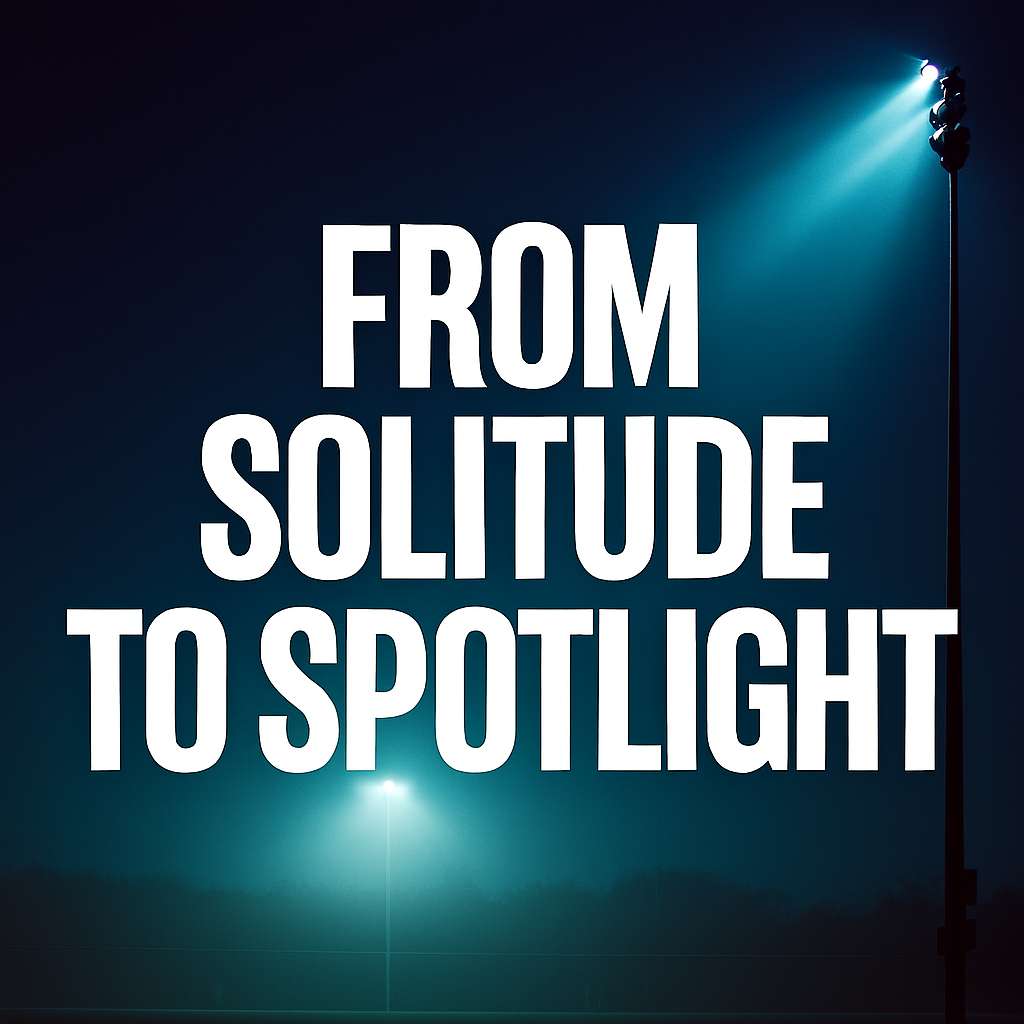
Visual Contrast – Shadows, Depth, and Symbolic Framing
Lighting changes how athletes perceive space, movement, and themselves. Daylight reveals everything—terrain, teammates, flaws. It’s democratic and grounding. Artificial lighting, by contrast, creates shadows, highlights, and visual drama. The field becomes a stage. Athletes may feel more heroic or more scrutinized. Depth perception shifts under lights, especially in sports requiring aerial tracking or rapid lateral movement. Shadows can distort ball flight or foot placement.
Symbolically, light and shadow evoke duality—clarity versus mystery, exposure versus concealment. Athletes training under lights may feel more emotionally exposed, even if physically focused. This contrast can be harnessed for performance psychology. Visualization exercises under lights may feel more cinematic, more emotionally charged. Coaches can use lighting to create mood—calm, intensity, focus—by adjusting brightness, angle, and color temperature. The visual environment becomes part of the training toolkit.
Community Impact – Accessibility and Equity
Training under lights expands access for athletes with daytime obligations—work, school, caregiving. Evening sessions democratize sport, allowing broader participation. However, not all communities have equal access to safe, well-lit facilities. Lighting infrastructure reflects investment, priorities, and inclusion. In underserved areas, lack of lighting can limit training opportunities, especially for youth and para-athletes. Equity in lighting isn’t just technical—it’s symbolic. It says: you belong here, even after dark.
Community clubs that invest in lighting often see increased engagement, retention, and pride. Night training can become a social anchor—parents watching from the sidelines, teammates bonding under shared glow. But it also requires safety protocols, transportation support, and emotional care. Athletes training at night may face fatigue, isolation, or logistical stress. Inclusive lighting design—warm tones, clear sightlines, accessible pathways—can transform nighttime sport into a space of belonging.
Symbolic Closure – The Emotional Architecture of Light
Training under lights isn’t just different—it’s emotionally architectural. It reshapes how athletes feel, remember, and evolve. Light becomes a metaphor for focus, transformation, and exposure. Daylight training feels like rehearsal—open, iterative, grounded. Night training feels like performance—charged, symbolic, final. Athletes who understand this architecture can use it to frame goals, rituals, and recovery. Coaches who respect this symbolism can build emotionally intelligent programs that honor both clarity and intensity.
Lighting isn’t neutral. It carries emotional weight, cultural meaning, and physiological consequence. Athletes who train under lights must navigate not just visibility but vulnerability. They must learn to perform in shadow, recover in silence, and find rhythm in artificial glow. This isn’t just adaptation—it’s evolution. Training under lights teaches resilience, emotional regulation, and symbolic fluency. It’s not just sport—it’s storytelling.
Developmental Stages – Lighting Across the Athlete Journey
Lighting needs shift dramatically from junior sport to elite competition. Young athletes require safe, evenly lit environments that support learning and confidence. As athletes progress, lighting becomes a performance tool—enhancing visibility, tactical awareness, and emotional framing. Junior sessions prioritize safety and inclusion. Pro sessions demand precision, spectacle, and broadcast quality. Lighting becomes both infrastructure and identity.
| Level | Lighting Priority | Emotional Impact | Technical Needs |
|---|---|---|---|
| Junior | Safety, visibility | Comfort, confidence | Low glare, wide coverage |
| Amateur | Consistency, affordability | Focus, motivation | Basic uniformity |
| Semi-Pro | Performance, simulation | Intensity, readiness | Match-grade lighting |
| Professional | Broadcast, precision | Drama, exposure | High lux, zero shadow |
Junior Athletes – Building Confidence Under Light
For junior athletes, lighting affects not just visibility but emotional safety. Harsh shadows or flickering lights can cause distraction or anxiety. Even, warm lighting helps young players feel secure and focused. Coaches often use daylight for skill acquisition and nighttime for match simulation. Emotional framing matters—under lights, juniors may feel like “real athletes,” boosting engagement. But overstimulation can lead to fatigue or performance anxiety.
Amateur Clubs – Budget, Access, and Community
Amateur clubs often face lighting limitations—aging infrastructure, uneven coverage, or limited access. Training under lights may be restricted to certain nights or fields. Daytime sessions rely on natural light, which varies by season. Clubs must balance cost, safety, and performance. Community grants and shared facilities play a role. Lighting becomes a symbol of investment and inclusion. Athletes notice when their field is well-lit—it signals care and legitimacy.
| Factor | Daytime Training | Night Training |
|---|---|---|
| Cost | Low | High (electricity, maintenance) |
| Accessibility | School hours conflict | More flexible |
| Emotional Framing | Routine, casual | Serious, focused |
| Safety | Weather-dependent | Lighting-dependent |
Semi-Professional Training – Simulation and Intensity
Semi-pro athletes often train under lights to simulate match conditions. Evening sessions mimic competition environments—crowds, pressure, spotlight. Lighting quality affects tactical drills, ball tracking, and emotional readiness. Coaches use light to build intensity and focus. Athletes learn to regulate adrenaline, manage fatigue, and perform under scrutiny. Lighting becomes part of the psychological toolkit.
Professional Sport – Precision and Spectacle
At the professional level, lighting is engineered for performance and broadcast. Stadiums use high-lux systems with zero shadow zones. Athletes train under lights to match game conditions. Lighting affects everything—reaction time, ball visibility, emotional framing. Pro athletes often prefer night sessions for tactical simulation and media alignment. Lighting becomes part of the brand—dramatic, theatrical, symbolic.
| Feature | Day Training | Night Training |
|---|---|---|
| Broadcast Quality | Low | High |
| Tactical Simulation | Partial | Full |
| Emotional Tone | Controlled | Charged |
| Visibility | Natural, variable | Engineered, consistent |

Coaching Across Levels – Adapting to Light and Age
Coaches must adapt lighting strategies to athlete age and level. Juniors need calm, clear environments. Pros thrive in intensity and simulation. Coaching language, drill design, and emotional support shift with lighting. Under lights, coaches may emphasize performance and focus. In daylight, they may prioritize exploration and learning. Lighting becomes part of pedagogy.
Injury Prevention – Age-Specific Risks
Lighting affects injury risk differently across age groups. Juniors may trip or collide due to poor visibility. Older athletes may strain muscles in cooler night conditions. Coaches must adjust warm-ups, hydration, and recovery protocols. Lighting quality directly impacts biomechanics and safety. Clubs should audit lighting regularly to protect athletes.
| Age Group | Common Risks Under Lights | Prevention Strategies |
|---|---|---|
| Juniors | Trips, collisions | Even lighting, supervision |
| Teens | Fatigue, overtraining | Recovery focus, hydration |
| Adults | Muscle strain, missteps | Extended warm-up, pacing |
Emotional Development – Light and Identity Formation
Lighting shapes how athletes see themselves. Under lights, juniors may feel like stars—or overwhelmed. Teens may associate night training with seriousness or pressure. Pros use lighting to regulate emotion and focus. Coaches can use lighting to build identity—rituals, music, warm-up sequences. Emotional development is tied to environmental cues. Light becomes part of the athlete’s story.
Facility Design – Inclusive Lighting for All Levels
Inclusive lighting design supports athletes across ages and abilities. Para-athletes need clear sightlines, low glare, and consistent contrast. Junior fields need wide coverage and warm tones. Pro stadiums need precision and spectacle. Clubs should design lighting with equity in mind—who gets to train, when, and how safely. Lighting is infrastructure, but also invitation.
Symbolic Progression – From Playground to Stadium
Lighting marks progression. A junior athlete starts in daylight on a local field. As they grow, they train under lights, simulate matches, and perform in stadiums. Each lighting shift carries emotional weight—growth, exposure, transformation. Coaches and clubs can honor this progression with rituals, storytelling, and care. Lighting isn’t just technical—it’s symbolic scaffolding for the athlete’s journey.
Final Thoughts – Conclusion
Training under lights versus daytime training is more than a scheduling choice—it’s a shift in emotional, physiological, and symbolic terrain. From circadian rhythms to tactical awareness, from emotional resonance to community equity, lighting transforms the athlete’s experience. Coaches, clubs, and athletes must treat lighting as a dynamic variable—not just technical but emotional. By understanding the architecture of light, we unlock deeper performance, richer engagement, and more inclusive sport.
Join the Discussion – Your Experience Matters
Have you trained under lights or in daylight? What emotional shifts did you notice? Did your focus, motivation, or recovery change?
#TrainingUnderLights #DaylightPerformance #CircadianAthlete #EmotionalResonanceInSport #SymbolicSportSpaces #AthleteRhythms #LightingAndRecovery #InclusiveSportDesign #PerformancePsychology #SportAsStorytelling #CoachingWithLight #NightTrainingDynamics #VisualTacticsInSport #ResilienceUnderLights #CommunitySportEquity
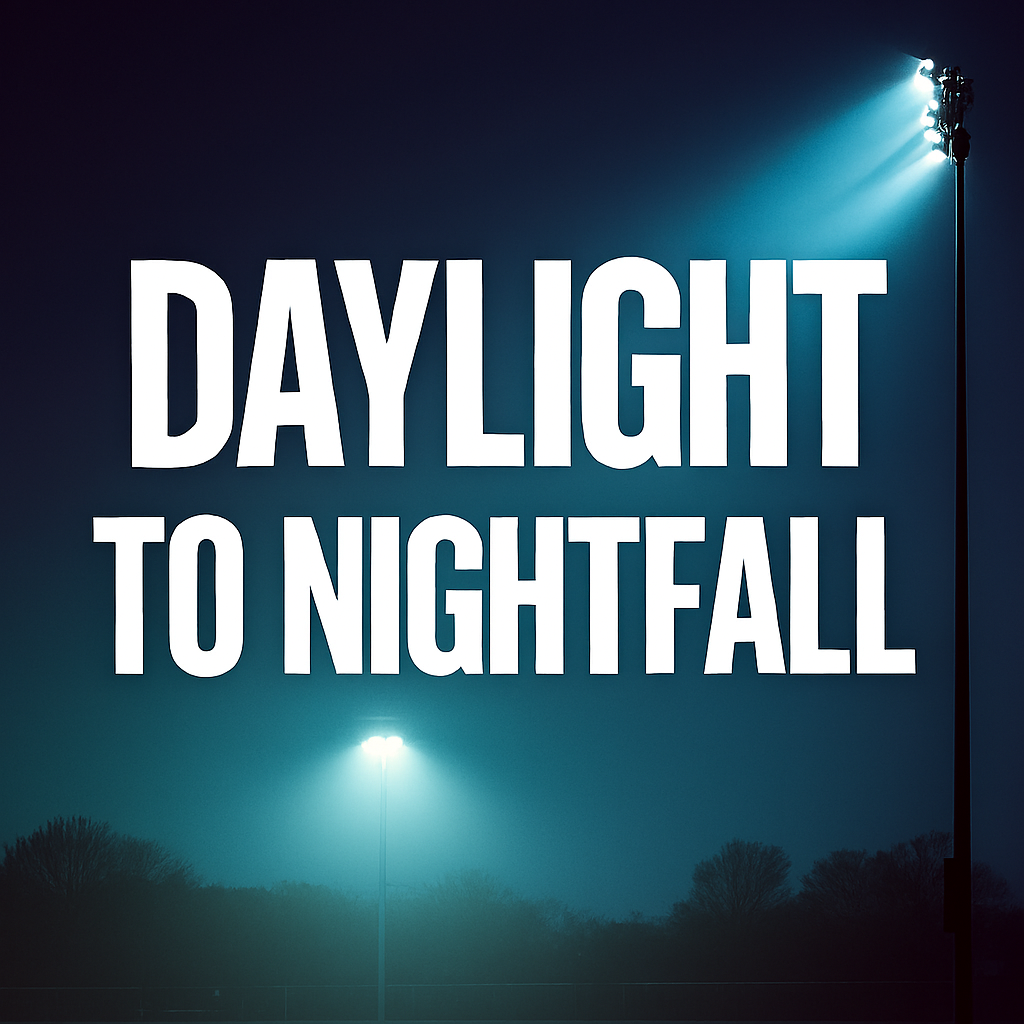
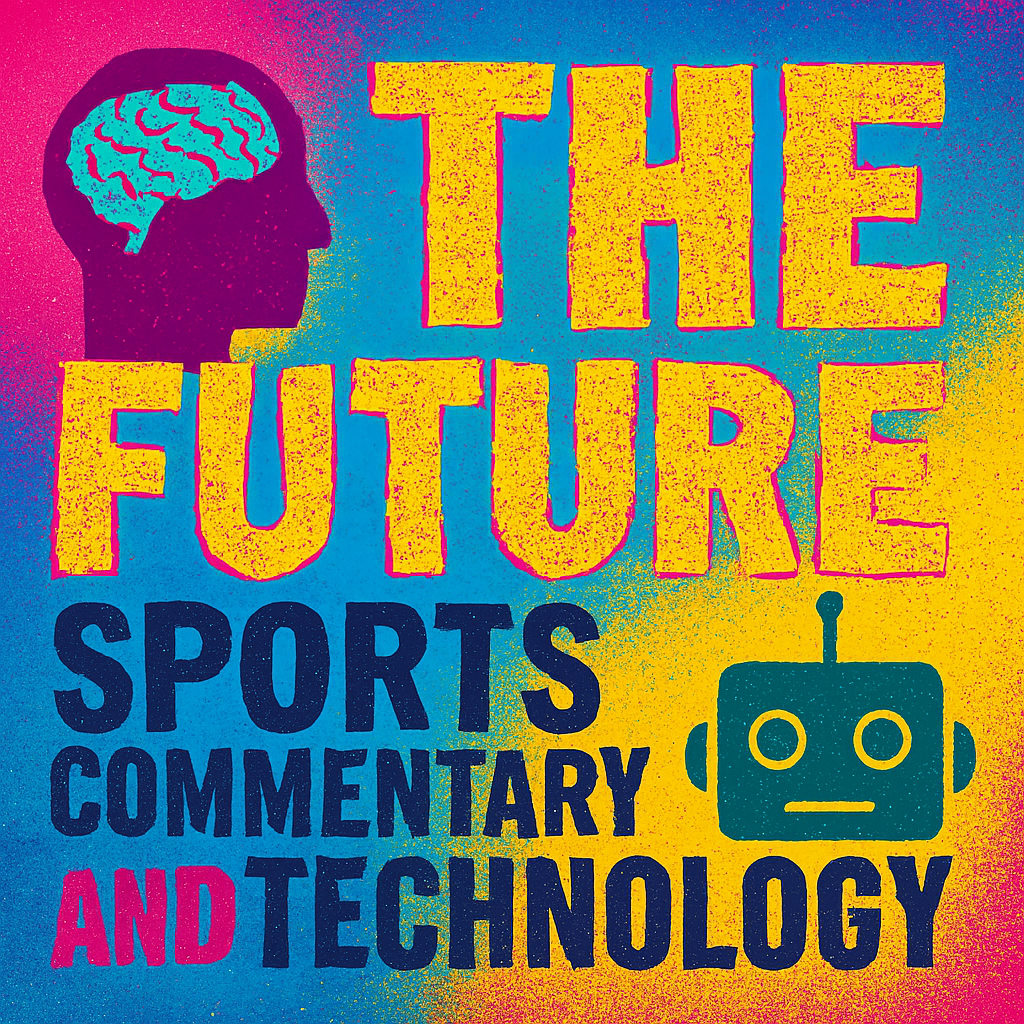
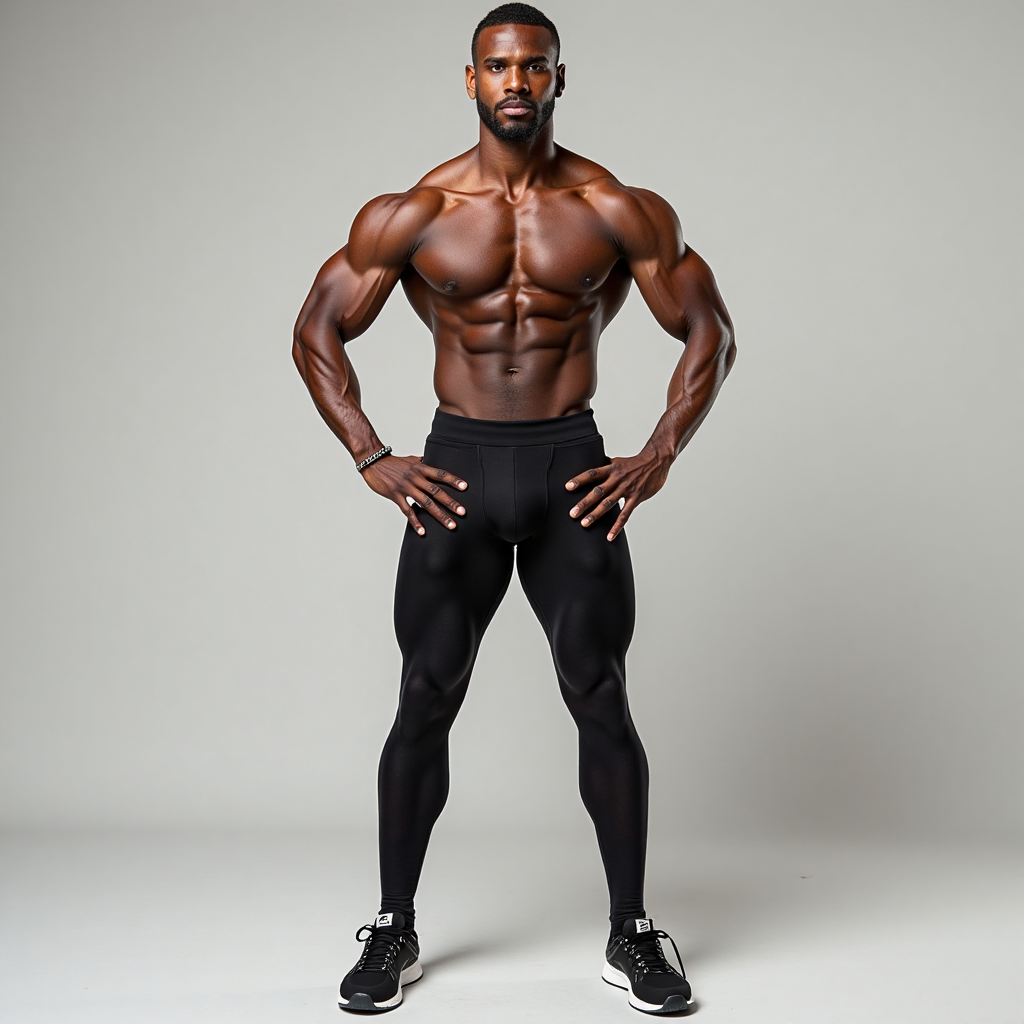
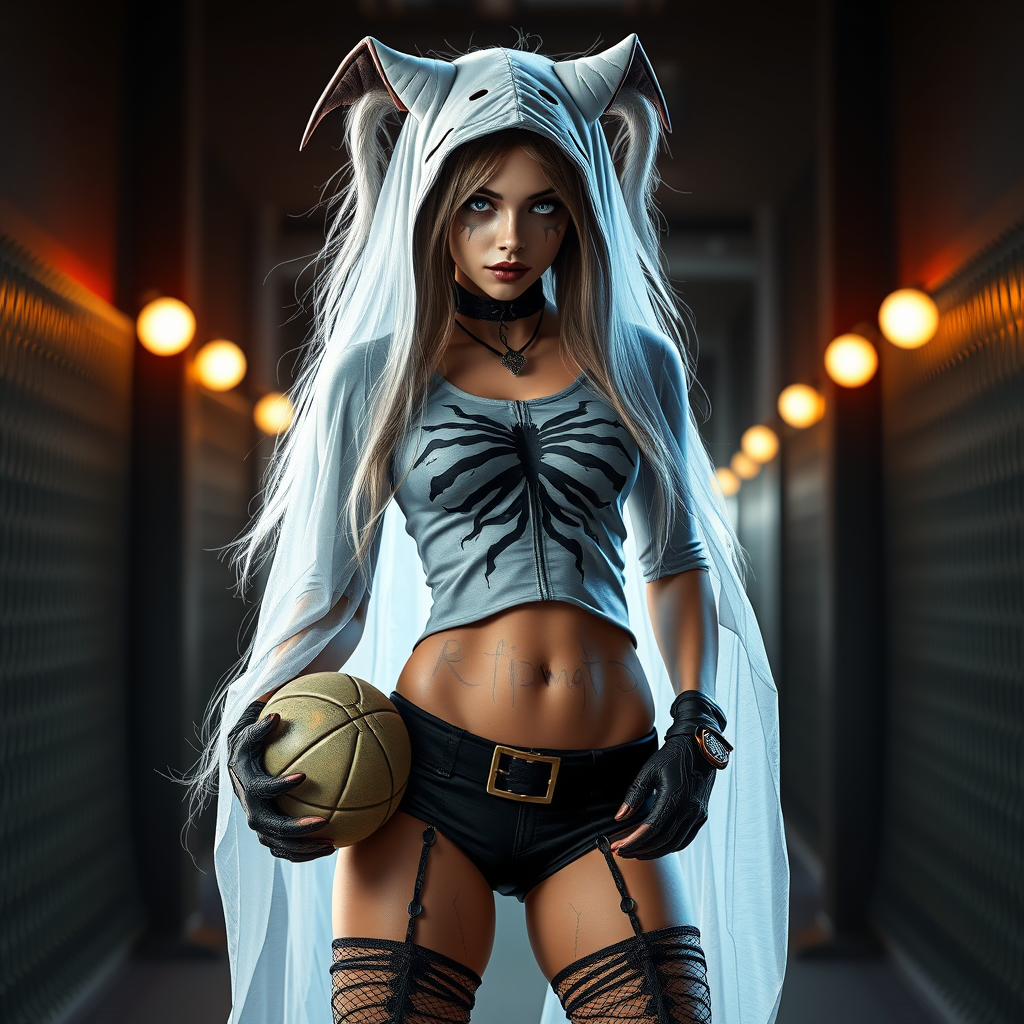

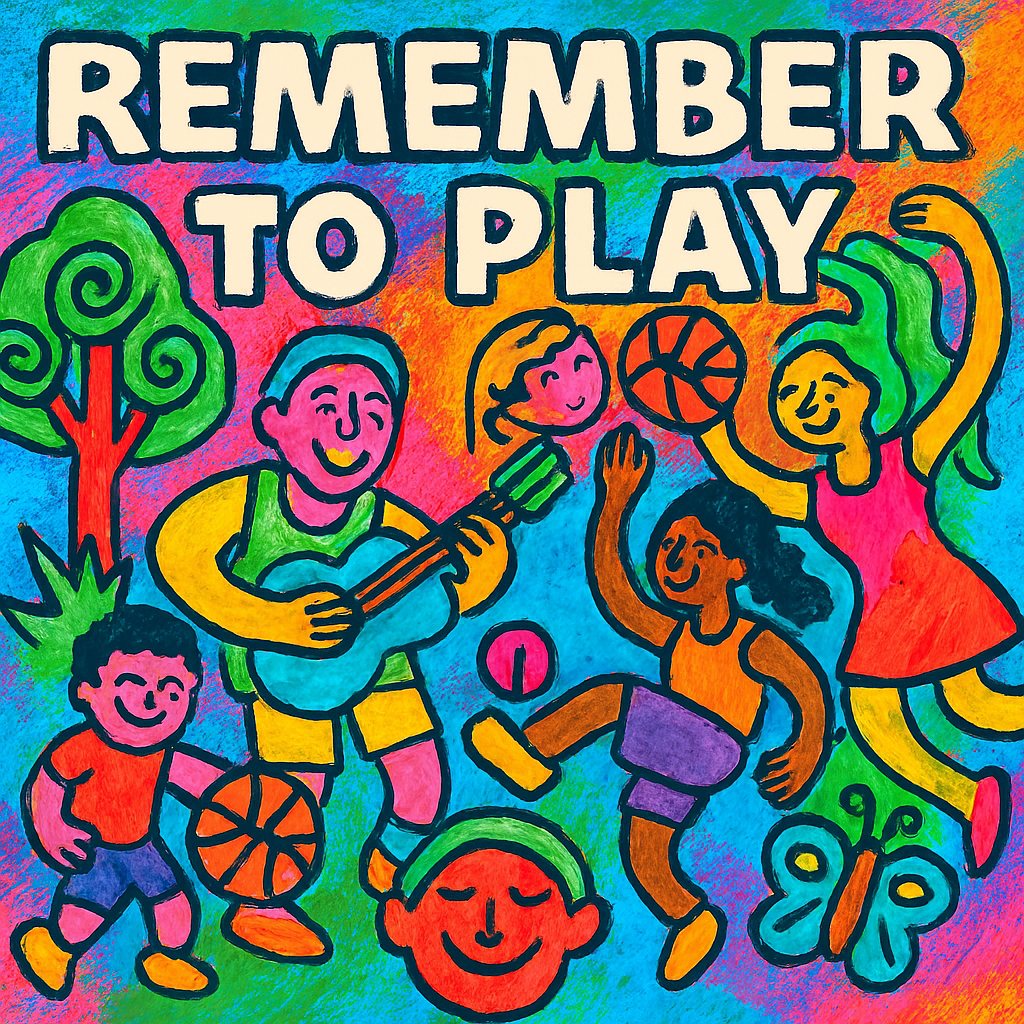
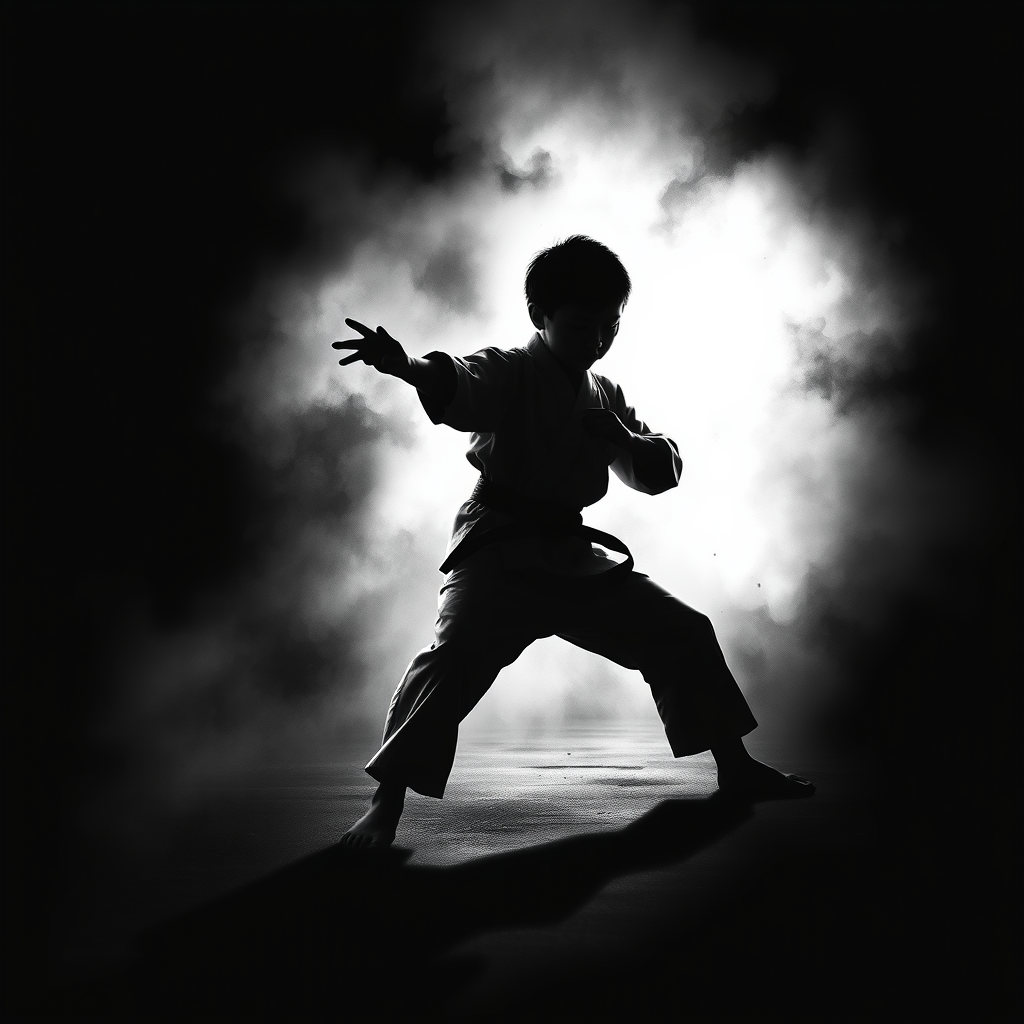
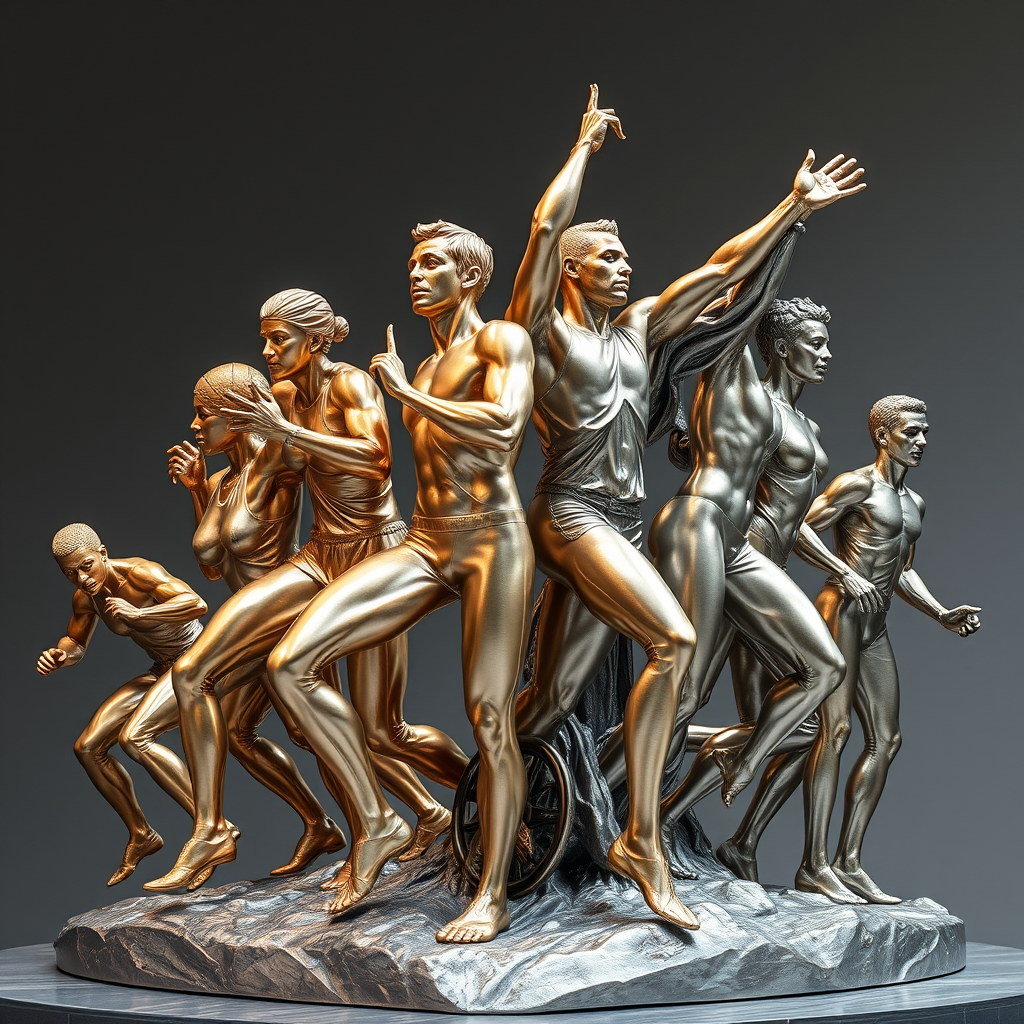

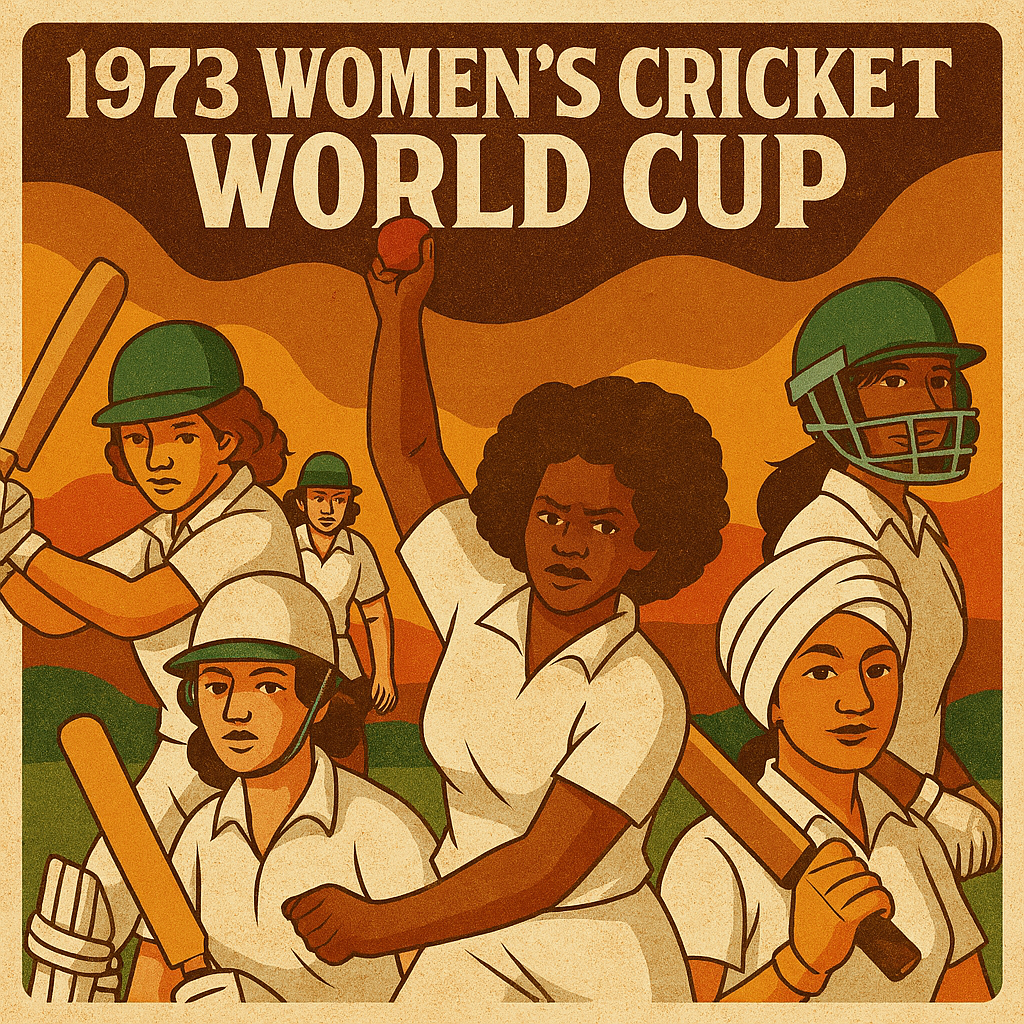
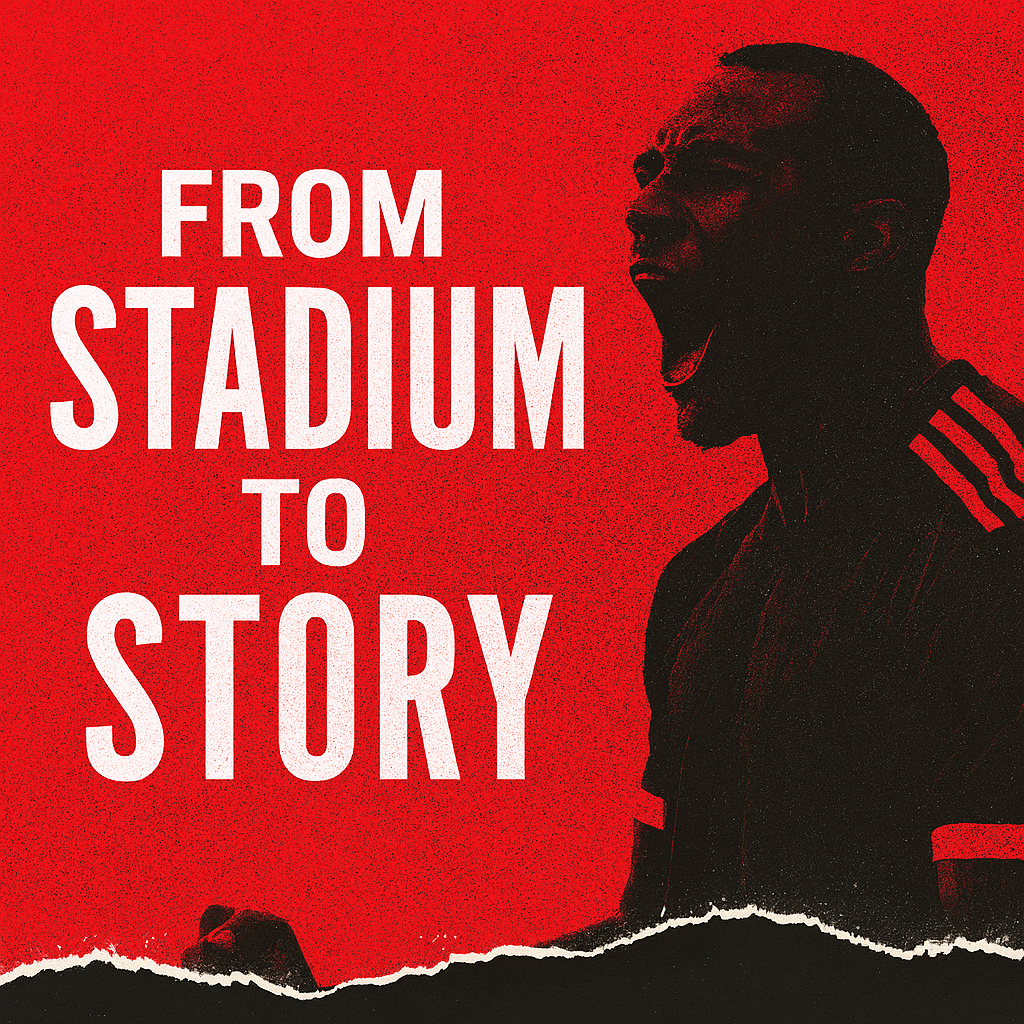
DataDan
The structure of this piece is excellent.